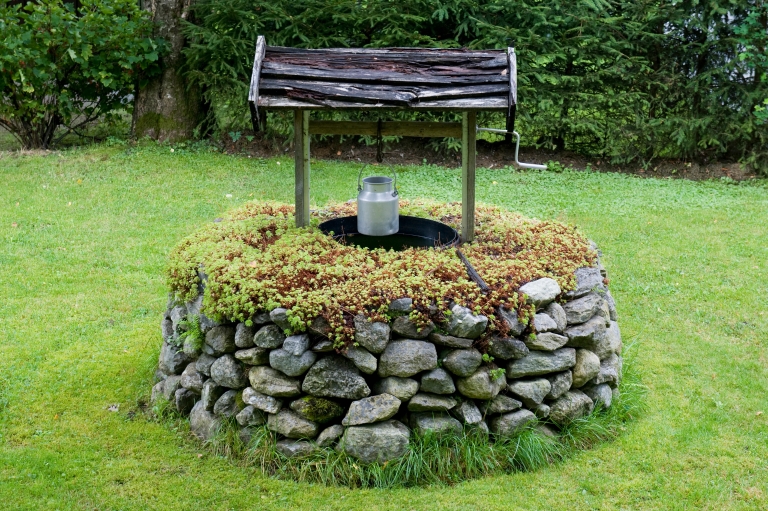
Installing a well water system at home can be an excellent solution for those looking to gain independence from municipal water sources and harness nature’s resources. Whether you’re aiming for a constant supply of fresh water for your household needs or wanting to embrace a more sustainable lifestyle, understanding the fundamentals of a well water system is essential. This guide will walk you through the considerations, components, and steps involved in setting up a well water system, ensuring you have the necessary knowledge to make informed decisions.
From choosing the right location for your well to selecting appropriate pumps and filtration systems, each aspect of the installation process plays a crucial role in ensuring reliable and safe water. As you embark on this journey, it is vital to consider local regulations, water quality testing, and maintenance practices to keep your well water system functioning optimally. Join us as we explore the details of installing a well water system and discover the benefits it can bring to your home and lifestyle.
Choosing the Right Components
Selecting the right components for your well water system is crucial to ensure long-term efficiency and water quality. Begin by evaluating different pump types, such as submersible or jet pumps, which are designed to suit different well depths and applications. Additionally, filtering systems play an essential role in removing impurities and ensuring the water is safe for consumption. It is important to consult with professionals or reference reliable resources like https://www.grandmashousediy.com/well-water-system/ to guide you through the various options available based on your specific needs.

Maintaining Your Well Water System
Regular maintenance is key to keeping your well water system in optimal condition. This includes periodic water quality testing to detect any changes in pH or contaminants, which can affect both safety and taste. Moreover, ensure that the components such as pumps and filters are inspected and replaced as needed to avoid system failure. Setting up a maintenance schedule will help you stay ahead of potential issues, ensuring that your well continues to supply fresh, clean water for years to come. Consider local regulations and best practices to ensure compliance and longevity of your system.
In conclusion, installing a well water system at home offers numerous advantages, from increased self-sufficiency to a sustainable source of clean water. By carefully selecting the right components and adhering to a regular maintenance routine, you can ensure that your well functions efficiently and safely for years to come. It’s crucial to remain vigilant about water quality, community regulations, and the health of your system to avoid any disruptions. Embracing this natural resource not only enhances your household’s independence but also fosters a deeper connection with the environment, offering peace of mind knowing you have a reliable water source at your disposal. With the proper knowledge and commitment, your well water system can be a valuable asset to your home and lifestyle.
